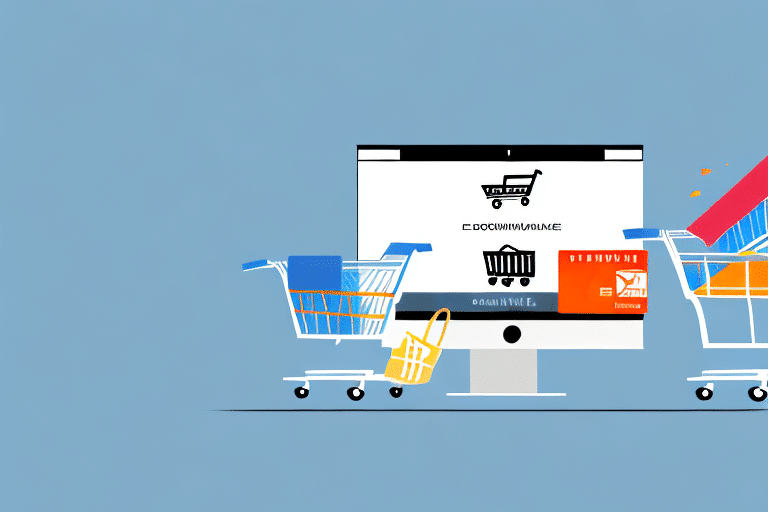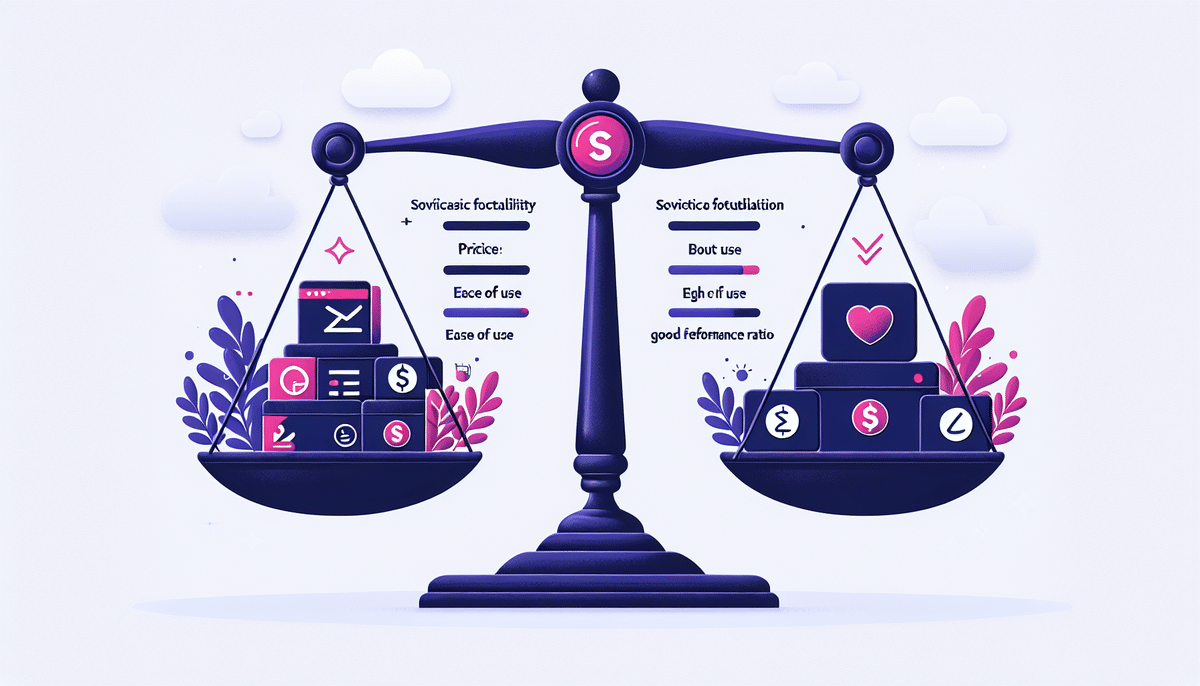Understanding the Cost Factors of an Ecommerce Website
The cost of building an ecommerce website varies widely based on several critical factors. Understanding these factors is essential for budgeting and ensuring a successful online presence. Key elements that influence the cost include:
- Ecommerce Platform Selection: Platforms like Shopify, WooCommerce, and Magento offer different pricing structures and features.
- Website Design Complexity: Custom designs with unique features and advanced functionalities require more investment compared to standard templates.
- Product Catalog Size: A larger number of products may necessitate more robust database solutions and inventory management systems.
- Payment Gateway Options: Integrating multiple payment methods can increase costs due to transaction fees and setup charges.
- Customization Level: The degree of customization, including unique user experiences and tailored functionalities, impacts overall costs.
- Hosting and Domain Registration: Reliable web hosting and domain registration are ongoing expenses that vary based on traffic and service quality.
- Security Measures: Implementing SSL certificates, firewalls, and other security protocols is crucial for protecting customer data.
According to a Statista report, the average cost of developing an ecommerce website ranges from $10,000 to $50,000, depending on the complexity and features required.
Types of Ecommerce Websites and Their Costs
Ecommerce websites come in various types, each catering to different business models and budgets. Understanding the type that best fits your business needs can optimize costs and functionality. Common types include:
- Single Vendor Ecommerce: Operates under one brand, offering a specific range of products.
- Multi-Vendor Marketplaces: Hosts multiple sellers, similar to platforms like Amazon or eBay.
- Subscription-Based Ecommerce: Provides products or services on a recurring basis, ensuring steady revenue streams.
- Affiliate-Based Ecommerce: Earns commissions by promoting other companies' products.
- Dropshipping: Sells products without holding inventory, reducing upfront costs.
Each type has distinct advantages and cost implications. For instance, multi-vendor platforms like Shopify may require more robust infrastructure, increasing initial development costs, whereas dropshipping models can lower inventory-related expenses.
Building Your Ecommerce Website: DIY vs. Hiring Professionals
Deciding between building your ecommerce website yourself or hiring a professional agency is pivotal for budget and quality considerations. Both approaches have their merits and drawbacks:
Building It Yourself
- Pros:
- Full control over design and functionality.
- Potential cost savings on development fees.
- Opportunity to learn valuable technical skills.
- Cons:
- Requires significant time investment.
- Technical expertise is necessary to ensure security and performance.
- Potential for higher long-term costs if issues arise.
Hiring Professionals
- Pros:
- Access to a team of experienced developers and designers.
- Higher quality and more reliable website performance.
- Allows business owners to focus on core operations.
- Cons:
- Higher upfront costs compared to DIY solutions.
- Less control over the development process.
- Dependency on the agency for future updates and maintenance.
According to Forbes, businesses that invest in professional development often experience faster time-to-market and better scalability options.
Essential Features for a Successful Ecommerce Website
To ensure your ecommerce website is both user-friendly and effective in driving sales, certain features are indispensable:
- User-Friendly Navigation: Simplifies product discovery and enhances the shopping experience.
- Fast Loading Speeds: Critical for retaining visitors; studies show a 1-second delay can reduce conversions by 7% (Shopify Blog).
- Secure Checkout Process: Builds customer trust and reduces cart abandonment rates.
- Multiple Payment Options: Accommodates diverse customer preferences, including credit cards, PayPal, and digital wallets.
- Responsive Design: Ensures optimal viewing on all devices, crucial as mobile ecommerce accounts for over 50% of online sales (Statista).
- Customer Reviews and Ratings: Enhances credibility and influences purchasing decisions.
- Search Engine Optimization (SEO): Improves visibility on search engines, driving organic traffic.
Hidden and Ongoing Costs of Running an Ecommerce Store
While initial development costs are significant, ongoing expenses are equally important to consider for long-term success:
- Web Hosting and SSL Certificates: Essential for website accessibility and security.
- Website Maintenance and Upgrades: Regular updates ensure functionality and security.
- Marketing and Advertising: Continuous investment is necessary to attract and retain customers.
- Customer Service and Support: Quality support enhances customer satisfaction and loyalty.
- Returns and Refunds: Managing returns can incur additional logistical and financial costs.
According to Business News Daily, neglecting these ongoing expenses can lead to operational challenges and impact profitability.
Tips to Reduce Expenses in Building and Maintaining Your Ecommerce Website
Building and maintaining an ecommerce website doesn't have to break the bank. Implementing cost-effective strategies can significantly reduce expenses:
- Choose an Open-Source Platform: Platforms like WooCommerce or Magento often have lower licensing fees compared to proprietary solutions.
- Utilize Website Builders: Tools like Wix or Squarespace can reduce the need for hiring developers.
- Optimize for SEO: Enhances organic traffic, reducing reliance on paid advertising.
- Leverage Free Analytics Tools: Tools like Google Analytics provide valuable insights without additional costs.
- Utilize Social Media: Free platforms like Instagram and Facebook can effectively promote your products.
- Outsource Customer Service: Third-party providers can offer scalable and cost-effective support solutions.
Implementing these strategies can lead to substantial savings. For example, using WooCommerce can lower initial setup costs, while free SEO tools can enhance your online presence without additional expenditure.
Budgeting, ROI, and Future-Proofing Your Ecommerce Website
Creating a Realistic Budget
Developing a comprehensive budget involves accounting for both initial and ongoing costs. Consider factors like development, hosting, marketing, and maintenance to avoid unexpected expenses. Utilizing budgeting tools and consulting with financial advisors can aid in creating an accurate financial plan.
Measuring ROI
Determining the return on investment (ROI) for your ecommerce website involves tracking key performance indicators (KPIs) such as:
- Conversion Rates
- Average Order Value
- Website Traffic Sources
- Customer Retention Rates
- Revenue and Profit Margins
Regularly analyzing these metrics helps in assessing the effectiveness of your ecommerce strategies and making informed decisions for improvement.
Future-Proofing Your Ecommerce Website
The ecommerce landscape is continually evolving, making it essential to future-proof your website to stay competitive. Strategies include:
- Adopting a Mobile-First Approach: Ensures compatibility with the increasing number of mobile shoppers.
- Integrating Emerging Technologies: Incorporating AI and chatbots can enhance customer interactions and operational efficiency.
- Enhancing Security Features: Keeping up with the latest security protocols protects against emerging threats.
- Personalization and Customization: Tailoring user experiences can improve engagement and conversions.
- Sustainable Practices: Implementing eco-friendly initiatives can attract environmentally conscious consumers.
According to Forbes, staying adaptable and embracing technological advancements are key to maintaining a competitive edge in the ecommerce market.
Conclusion
Building an ecommerce website involves various costs, both visible and hidden. By understanding the factors that influence these costs, choosing the right type of platform, and implementing cost-reduction strategies, businesses can create a successful online store within their budget. Additionally, careful budgeting, measuring ROI, and future-proofing your website are critical for long-term sustainability and profitability. Leveraging reputable resources and staying informed about industry trends can further enhance your ecommerce journey.






















